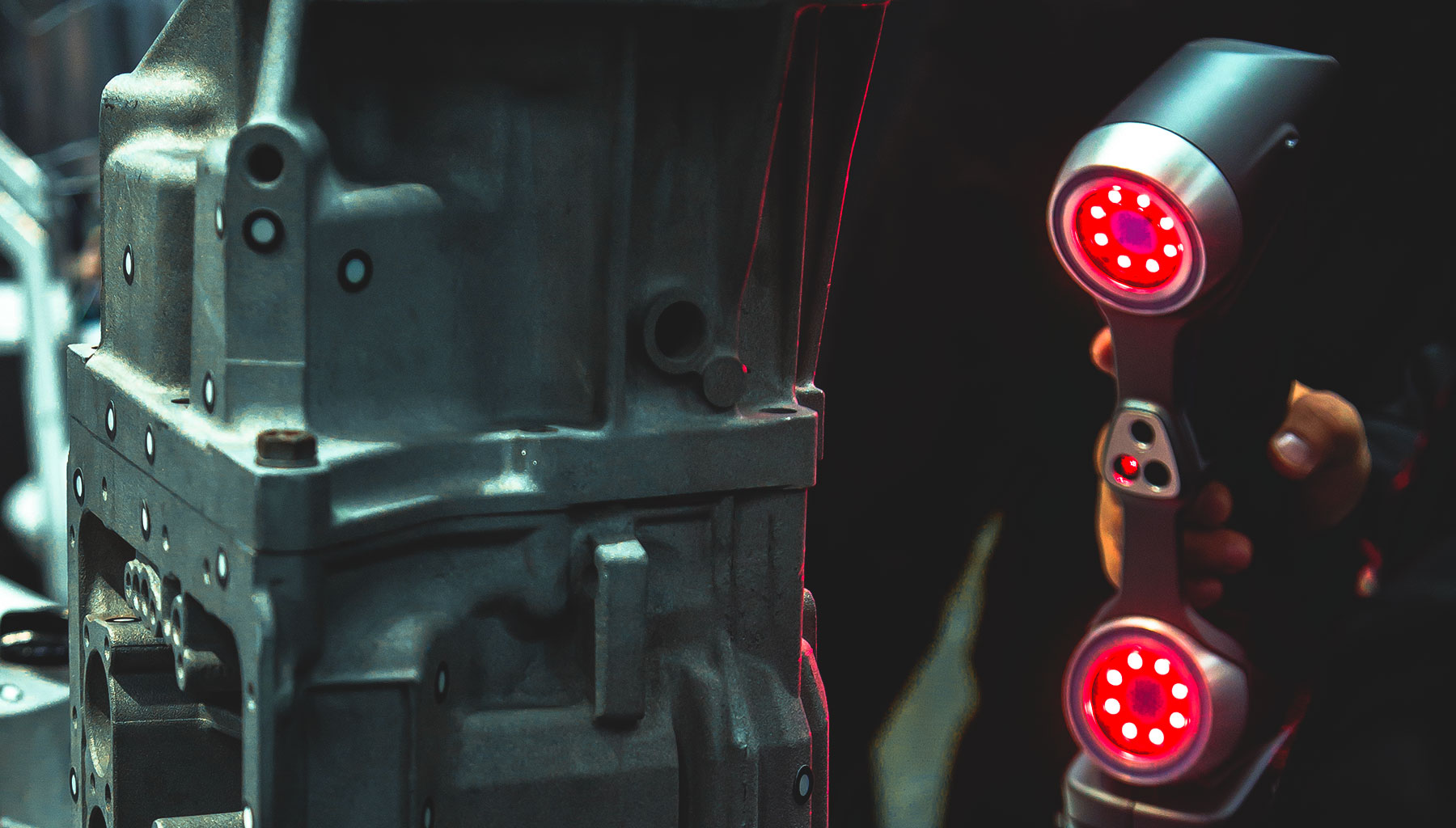Over the years we have spent a lot of time studying metallurgy and specifically the study of the welded joint.
This knowledge and experience have enabled us to distinguish ourselves in the industry as specialists in TIG welding in all its applications (titanium, carbon steels, stainless steels, aluminium alloys and nickel alloys).
This type of welding, TIG (Tungsten Inert Gas), also known as GTAW (Gas Tungsten Arc Welding), was initially developed for the aircraft industry and is a process that requires a good deal of both theoretical and manual training of the operator, but if done correctly is extremely effective.
With the TIG technique, unlike with other methods, it is possible to precisely control the melt pool in all its characteristics, penetration, width, section and protection.
Over the years, we have performed welds of all kinds, from the simplest aesthetically pleasing to full penetration structural welding.








